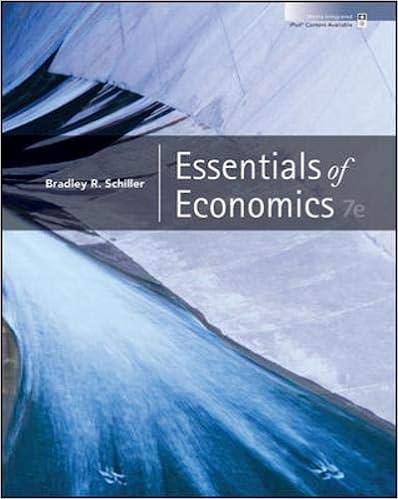Question
1- We use g = (final value/initial value)(1/(years between))- 1 extensively. It can be applied to one or more of the following -- which one
1- We use g = (final value/initial value)(1/(years between))- 1 extensively. It can be applied to one or more of the following -- which one or ones?
Group of answer choices
a) real GDP
b) the CPI
c) the GDP deflator
2- What is the best description of "A," a new variable in this section?
Group of answer choices
a) It captures what happens when there is an increase in production per worker when there is no change in how much capital each worker has.
b) It captures what happens when there is an increase in production per worker when there is a change in how much capital each worker has.
It captures what happens when there is an increase in capital per worker when there is no increase in production per worker.
3- A movement along the per-worker production curve is pretty common. Which best describes such a movement?
a) If education improved in a country.
b) If firms in a country reorganized their production processes to produce more with the same inputs.
c) When firms in a country added capital of types they already have.
d) If firms in a country replaced current types of capital with better capital.
4- In a problem you're computing labor productivity (also known as worker productivity) for Germany. in U.S. dollars. They are very prosperous, like the U.S. The number you come up with is $900,000. Is this a reasonable value?
Group of answer choices
a) yes
b) no
Step by Step Solution
There are 3 Steps involved in it
Step: 1

Get Instant Access to Expert-Tailored Solutions
See step-by-step solutions with expert insights and AI powered tools for academic success
Step: 2

Step: 3

Ace Your Homework with AI
Get the answers you need in no time with our AI-driven, step-by-step assistance
Get Started


